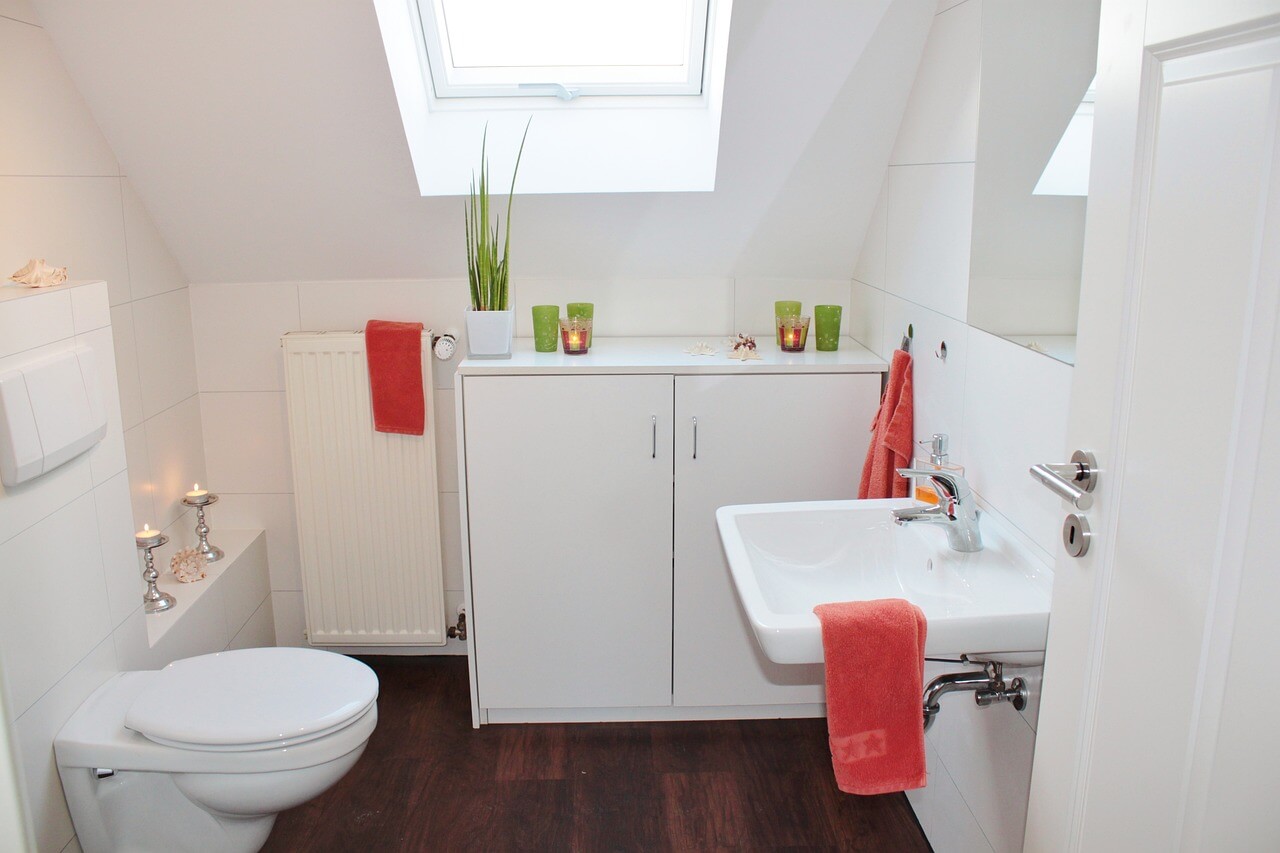Afraid of toilet plumes? Then skip this next report, because it’s not for the germaphobes . Actually, it will probably turn even the most carefree among us into germaphobes – I know I’m stressing!
ArsTechnica reports on the work of scientists at the University of Arizona, who did a study on toilet plumes – aka the dirty particles flying around the bathroom when you flush the toilet. Specifically, they wanted to know if it’s more hygienic to flush with the toilet lid closed, something most people who care about such things swear by.
The gist of it? It doesn’t matter, poop particles are flying everywhere. I don’t know about you but I’m just about ready to move my toothbrush holder in the bedroom at this point, as I really don’t want to contribute to pollution by using even more disinfectant.
From the report:
The bad news is that putting a lid on it doesn’t result in any substantial reduction in contamination, according to their recent paper published in the American Journal of Infection Control. The good news: Adding a disinfectant to the toilet bowl before flushing and using disinfectant dispensers in the tank significantly reduce cross-contamination. […]
The scientists conducted their experiment with E. coli (as a host bacteria) and coliphage MS2; the latter is not a human or animal pathogen but serves as a useful model. The public toilet used in the experiment was located in a stall in the restroom of an office building. That toilet was tankless, relying on water-line pressure for flushing, with no lid and a U-shaped seat with a gap in the front.
The home toilet was a standard siphonic toilet with a tank and lid in a private residence; there was no gap on the center of the seat. Toilet bowls were seeded with MS2 and flushed. After one minute, samples were taken from various restroom surfaces: the top and bottom of toilet seats, the bowl rim, three locations on the floor, and the right and left walls. The team also conducted a similar experiment involving cleaning the bowls with toilet brushes, both with and without Lysol toilet bowl cleaner. All those samples were then tested for MS2 contamination.
The results: both the tops and bottoms of the lidless public toilet seats had more contamination compared to household seats, but otherwise, there was no statistical significance in the degree of contamination between lidless public toilets and household toilets with lids.
You can read their research and full findings on the American Journal of Infection Control (no paywall).
Follow TechTheLead on Google News to get the news first.



















